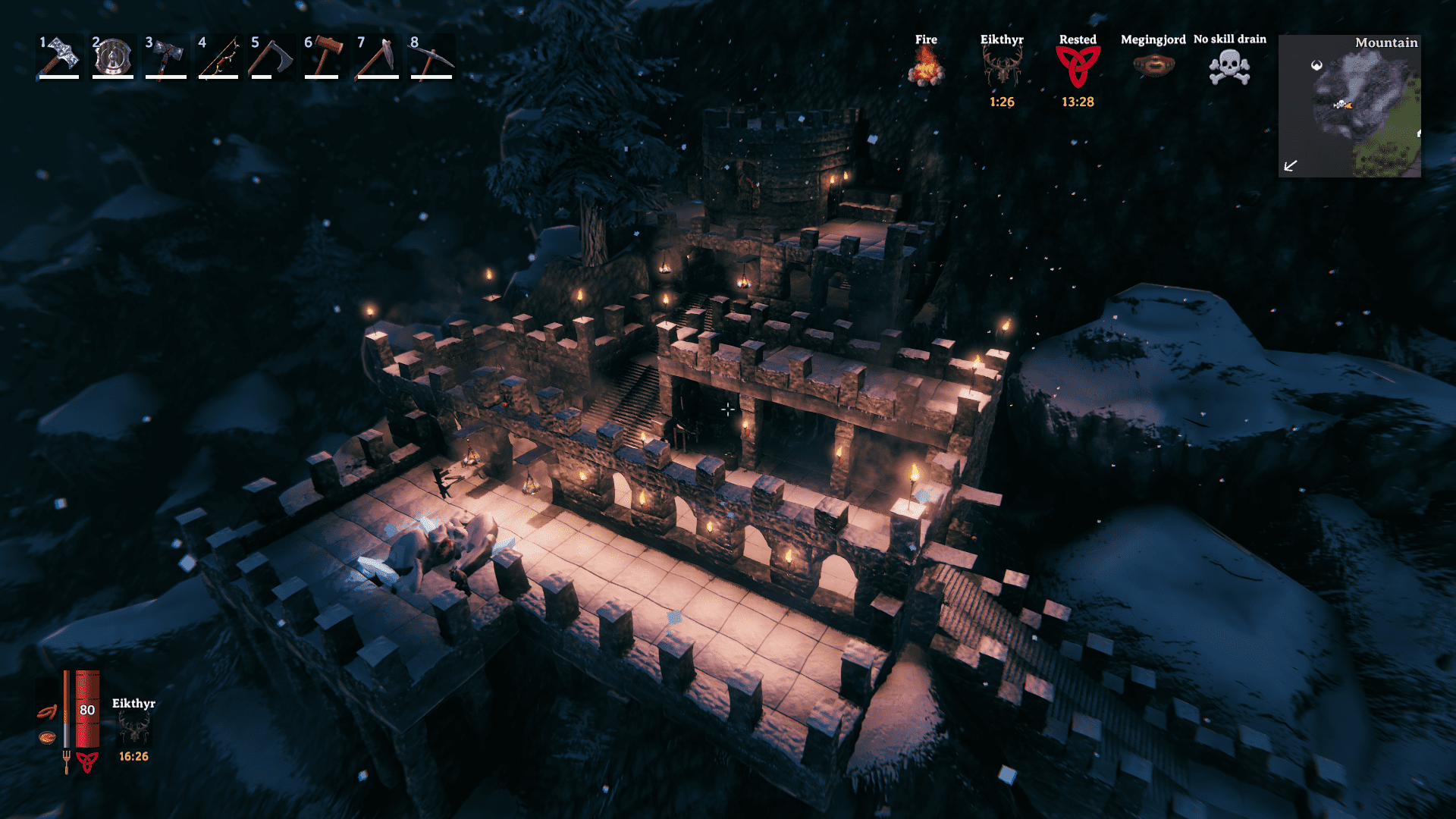

Parts of the surface are still pockmarked with impact craters. This world was subjected to intense orbital bombardment long ago. This ancient battlefield is littered with ancient debris from their desperate last stand. The civilization that once inhabited this world was destroyed by an invading force from somewhere beyond their solar system. They still populate the planet, but have since lost all capacity for sentient thought. These abandoned homesteads were once inhabited by a society of reptiles. Some features are created by some colony events or certain planet modifiers. This pristine valley lies sheltered amongst the surrounding mountains, its fauna shielded from roving predators. Thousands upon thousands of valuable Betharian stones glint like stars in these fields. Glittering crystals grow like hoarfrost in these exotic forests.Ĭrystal lattices glimmer amongst the rocks and corals of this sandy reef. Like enormous geodes, these caves are filled on all sides with rare crystals. Extraction is possible with the right equipment.Ī hotbed of aquatic plants, insects, and swamp gas, this wetland is characterized by slow-moving water and rich vegetation.Ī noxious quagmire covered in low vegetation, mosses and fungi, where gases steam from the water's surface. Rare Volatile Motes condense in these sandy caves and hidden hollows.Ī vast expanse of sand that covers scattered pockets of rare and valuable Volatile Motes. They are twice more likely to appear on Gaia Worlds and cannot appear on homeworlds. Rare Planetary Features allow the construction of a limited number of buildings that can extract advanced resources directly. In lieu of trees, towering mushrooms dominate these fecund forests, the enormous caps of fungal giants blotting out sunlight to create the perfect environment for a rich variety of smaller specimens. With a remarkably high moisture capacity and high amounts of chemicals integral to plant life, these soils promise impressive agricultural yields.Ī vibrant ecosystem brimming with corals, fish, mollusks, mammals, invertebrates, and all kinds of edible marine life.Ī shimmering jewel of water and greenery in a barren wasteland.įrom fruit laden trees to plentiful fauna, the bounties of this paradisaical island promise a rich harvest. This vast stretch of open plains provides ideal farmland.Ī slow-flowing river of enormous volume provides water and vegetation for a rich abundance of life. With a dense canopy and nigh-impenetrable vegetation density, these jungles are poor in soil quality, but rich in plant-life and fruit-bearing trees. These extensive cave networks are covered in many species of edible fungi, which require neither sunlight nor fertile soil to flourish. These low-lying wetlands provide a wealth of plant nutrients.Ī watery slurry of clay, silt, and loam stretches across the horizon, where low vegetation flourishes. Sedges, shrubs and lichens cover this high-latitude biome, where the subsoil permafrost is nevertheless covered in more fertile sediment. Rolling hills covered in greenery and fertile soils. Useful ore deposits line parts of the ocean floor, providing opportunities for deep-sea mining.ĭewy moss, lichens and fungi form a plush carpet that stretches across these rocky lands.įertile soils and tall grasses cover these sweeping plains, providing rich potential for farmlands.Ĭold, rocky woods with herbaceous understories. These mountainsides glint with rich ore resources and precious stones.

These deep caverns are rife with metallic and mineral ore deposits.

This flat-topped hill has steep sides lined with useful resources. Geological upheaval exposed these useful minerals to the planet's surface long ago. Wind-torn vegetation clings to the high crags and stormy cliffs of these rainy mountains.īands of valuable mineral ores run like veins through these exposed cliff faces. Metalliferous sediments react with superheated water in the planet's crust, venting chemicals along the seabed where tectonic plates diverge. These fumaroles vent steam and noxious gases from deep within the planet's crust. With little precipitation, extreme temperatures and limited vegetation, these sandy deserts are hostile to most forms of life.įormed under immense pressure in a bygone age, deep-freeze temperatures have kept the gases dissolved in these rimey lakes in a solid state. Picturesque vistas formed when rivers flow over the cliff-sides of steep mountainsides. Groundwater heated by geothermal processes steams from the surface of these springs.


 0 kommentar(er)
0 kommentar(er)
